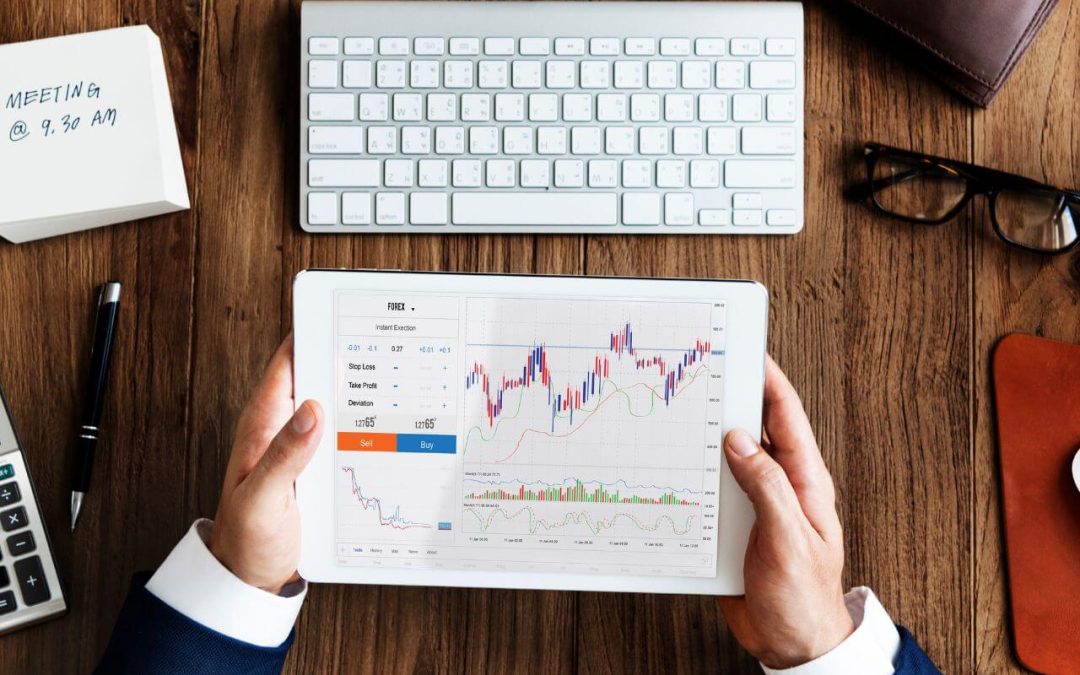Unlike traditional investment strategies that play out over weeks or months, day trading involves the rapid buying and selling of financial instruments on your online trading platform within the same day.
Day trading has many benefits over other markets, which is why many traders find it appealing. One primary advantage is that it allows them to profit from short-term price movements and market fluctuations rather than long-term trends.
This article covers some of the essential aspects of day trading in the Forex market.
Characteristics of Day Trading
Day trading is a style of trading that has some distinctive features and characteristics, such as:
Short-Term Focus
Rather than looking at the big picture, day traders just care about short-term trends and price movements. They tune out the market’s noise and distractions by using technical analysis, indicators, and signals to pinpoint entry and exit points.
High-Frequency Trading
If you are good at day trading and the market is right, you can make hundreds, if not thousands, of trades in a single trading day. With high leverage and tight stop-losses, you can maximize profits while minimizing risks.
Risk-Reward Ratio
Day traders seek out incremental gains rather than big, infrequent payouts. The strategy involves having a low risk-reward ratio. This implies that you get to risk a small amount of money to make a small amount of cash.
Scalability
Depending on your performance and market conditions, you can scale up or down your trading size and frequency when day trading.
When you’re confident and profitable, you can increase your trading volume and leverage. On the other hand, you can reduce them when you’re uncertain and losing.
Flexibility
Day traders can adapt to different market scenarios and situations, such as trending, ranging, volatile, or calm markets. They can switch between different currency pairs, time frames, and strategies depending on their preferences and goals.
Principles of Day Trading
A solid grasp of market dynamics is foundational to being successful at day trading. Traders employ various analytical techniques, including market analysis and risk management, to make informed decisions.
Market Analysis
Day traders are required to do extensive and continuous market analysis using fundamental and technical analysis. Always be aware of market sentiment, major support levels, possible breakout and reversal points, and the prevailing trend.
Risk Management
Day trading is not just about making profits; it’s equally about protecting capital.
Effective risk management involves setting clear stop-loss orders, diversifying trades across different assets, and ensuring that no more than a small percentage of trading capital is risked on any single trade.
This cautious approach will help you to survive losses and navigate the volatile nature of the forex market.
Discipline
A disciplined approach means you have to follow a well-defined trading strategy, stick to predetermined plans, and resist the urge to make impulsive decisions.
Building a Day Trading Plan
Everyday traders need a plan that details their strategies, targets, and more. Having a day trading plan in place allows the trader to maintain consistency and focus while also allowing them to assess and enhance their trading performance.
A day trading plan should include the following elements:
Trading objectives
These are the concrete and quantifiable results that the trader aspires to attain, like a particular profit target, return percentage, or daily, weekly, or monthly trade volume.
Trading strategies
You need to include methods to identify and execute trading opportunities. Each strategy should have clear and precise entry and exit criteria based on technical analysis, indicators, and signals.
Trading rules
These are the guidelines and principles that the trader follows to ensure their trading discipline, such as avoiding overtrading and emotional trading, sticking to their trading plan and strategy, and reviewing their trading performance.
Trading performance indicators
Day traders also use metrics and statistics to measure and evaluate their trading performance and results. The number of trade wins and losses, win rate, and average profit and loss should all be measured using these indicators. Everything can be calculated automatically using forex ai trading bot.
Day Trading Strategies
Scalping
Scalping, a popular day trading strategy, involves making numerous small trades to capture minor price movements.
While this strategy offers the potential for quick profits, it requires intense focus and incurs higher transaction costs due to frequent trading. So, you must weigh the pros and cons before adopting this approach.
Momentum Trading
The secret to successful momentum trading is spotting and capitalizing on powerful market trends. The goal of this strategy is to take advantage of assets that are experiencing strong price movements.
Range Trading
Range trading is effective in sideways markets, where prices move within a defined range.
Traders identify support and resistance levels and execute trades as prices approach these boundaries. Using this strategy requires patience and precision in determining key levels and market conditions.
Conclusion
Forex day trading can be profitable if you are well-prepared and self-disciplined. Constantly seek feedback and support, keep yourself informed about market conditions, practice emotional discipline, and never stop learning. Doing so will help you reach your trading objectives and improve your performance.

